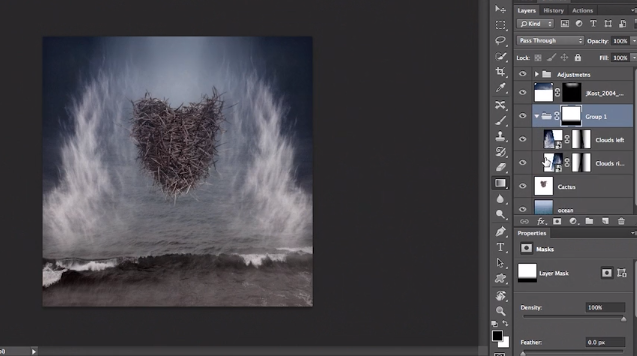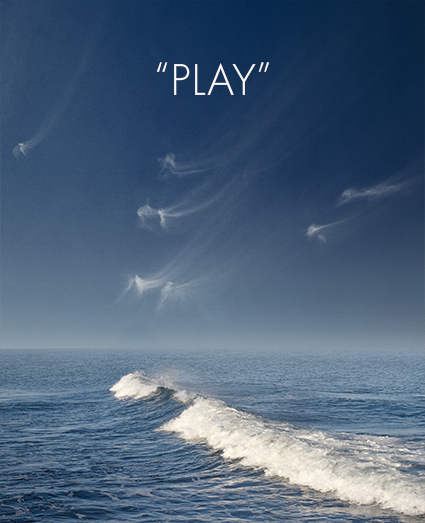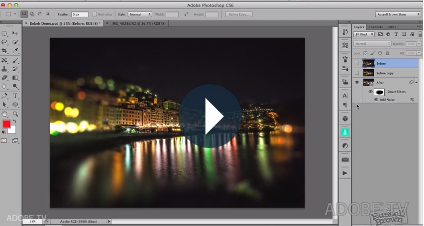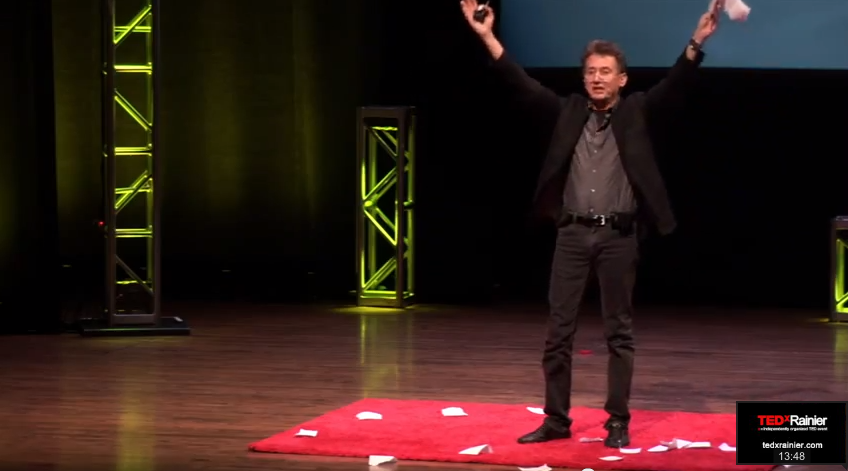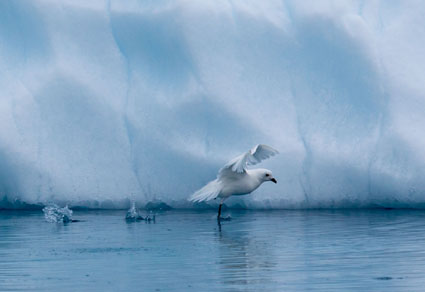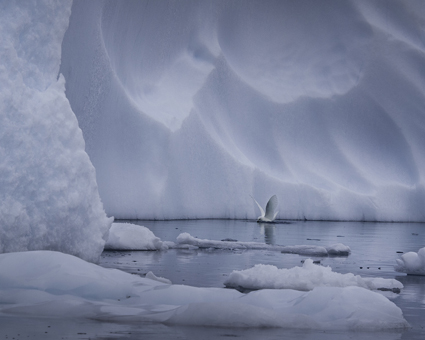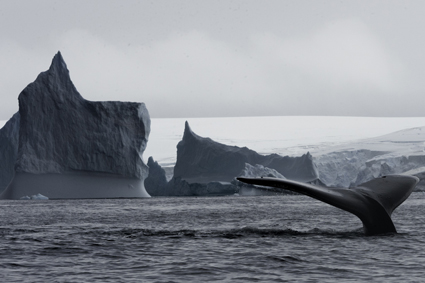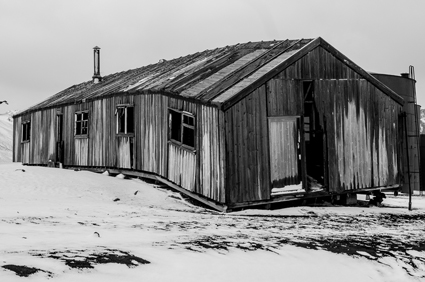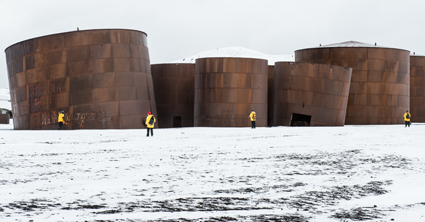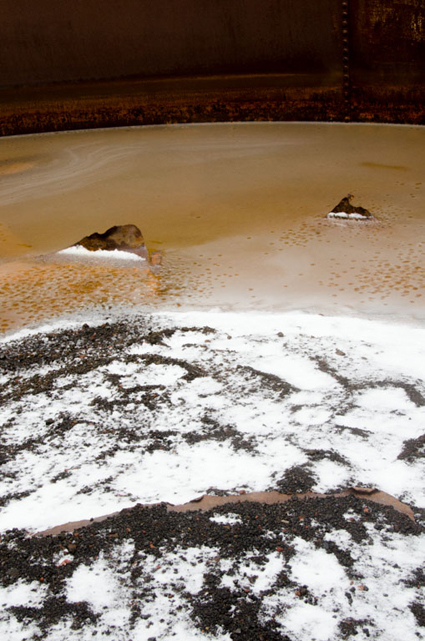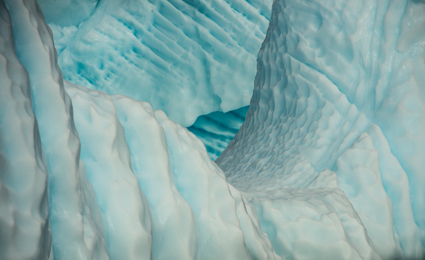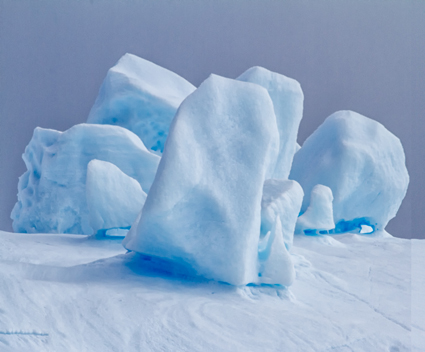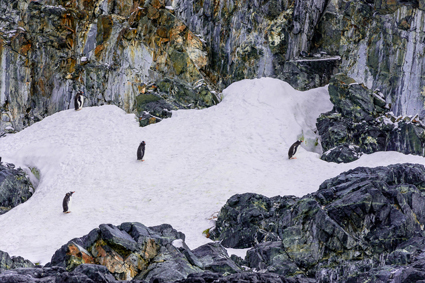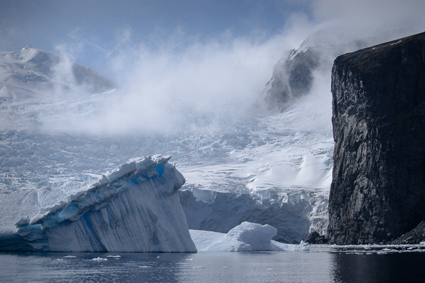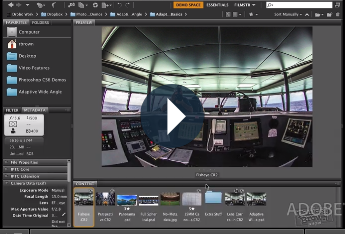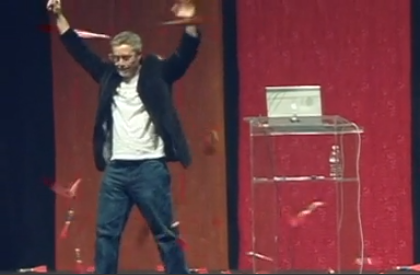19 Quotes On Perception
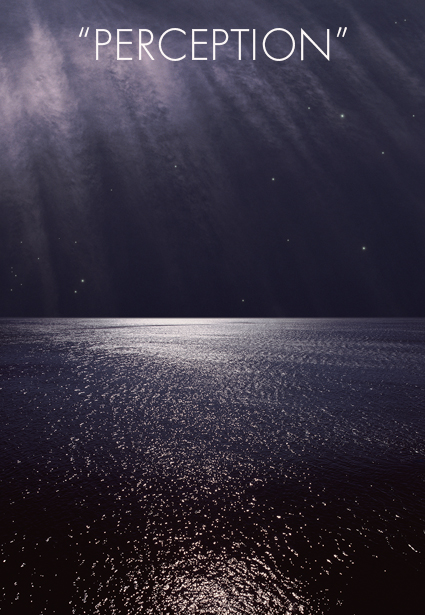
Here’s a collection of my favorite quotes on perception.
“There are things known and there are things unknown, and in between are the doors of perception.” – Aldous Huxley
“The voyage of discovery is not in seeking new landscapes but in having new eyes” – Marcel Proust
“If the doors of perception were cleansed every thing would appear to man as it is, Infinite. For man has closed himself up, till he sees all things thro’ narrow chinks of his cavern.” ― William Blake
“Look at everything as though you are seeing it either for the first or last time, then your time on earth will be filled with glory” ― Betty Smith
“Better keep yourself clean and bright; you are the window through which you must see the world.” – George Bernard Shaw
“It is one of the commonest of mistakes to consider that the limit of our power of perception is also the limit of all there is to perceive.” – C. W. Leadbeater
“We are enslaved by anything we do not consciously see. We are freed by conscious perception.” – Vernon Howard
“All perceiving is also thinking, all reasoning is also intuition, all observation is also invention.” – Rudolf Arnheim
“No man has the right to dictate what other men should perceive, create or produce, but all should be encouraged to reveal themselves, their perceptions and emotions, and to build confidence in the creative spirit.” ― Ansel Adams
“Your opinion is your opinion, your perception is your perception–do not confuse them with “facts” or “truth”. Wars have been fought and millions have been killed because of the inability of men to understand the idea that EVERYBODY has a different viewpoint.” – John Moore
“One has not only an ability to perceive the world but an ability to alter one’s perception of it; more simply, one can change things by the manner in which one looks at them.” – Tom Robbins
“What I had to learn was, that I’m responsible for my perception of things.” – Chris Robinson
“We must look at the lens through we see the world, as well as the world we see, and that the lens itself shapes how we interpret the world.” ― Stephen R. Covey
“Only in quiet waters things mirror themselves undistorted. Only in a quiet mind is adequate perception of the world.” – Hans Margolis
“The world is full of magic things, patiently waiting for our senses to grow sharper.” ― W.B. Yeats
“Miracles happen everyday, change your perception of what a miracle is and you’ll see them all around you.” – Jon Bon Jovi
“What the joke displays is a switch in perception. This is important in changing the way we think.” – Edward de Bono
“The difference between a mountain and a molehill is your perspective.” – Al Neuharth
“No perspective, no perception. New perspective, new perception.” ― Toba Beta
“The new limitations are the human ones of perception.” – Milton Babbitt
Find more Creativity Quotes here.
Discover more quotes daily in my Twitter and Facebook streams.



